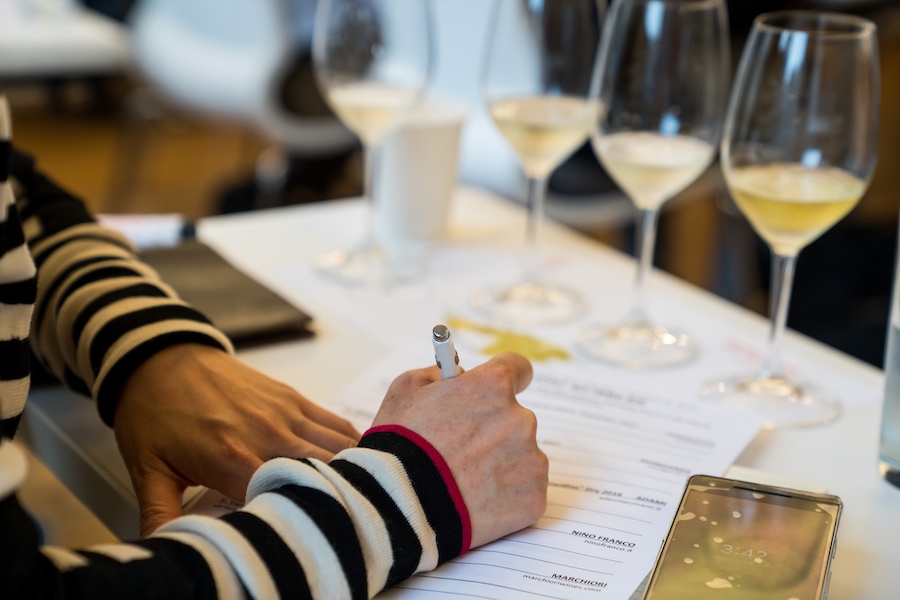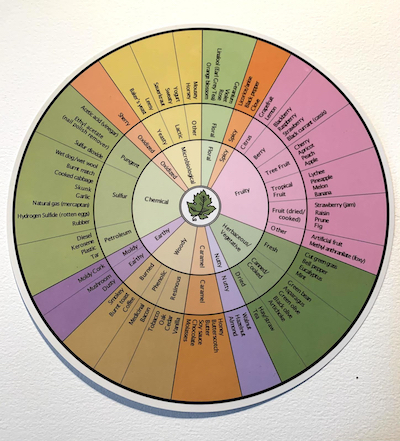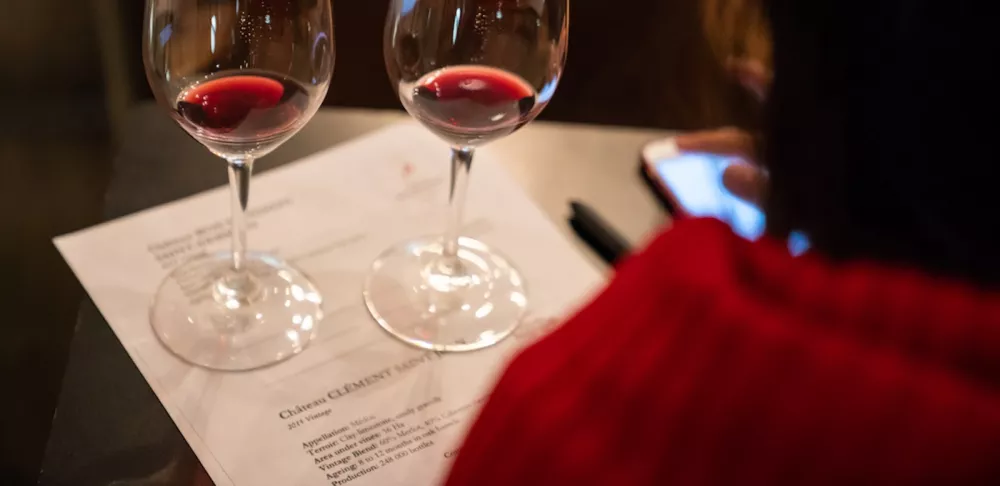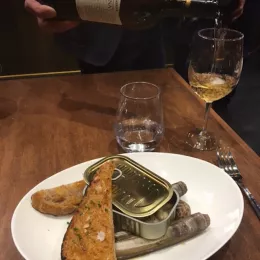Master Sommelier Scott Carney introduces the journey of developing a wine tasting vocabulary as a vital aspect of wine education at ICE.
I teach and oversee ICE's wine education program, Intensive Sommelier Training, which is designed to prepare students of wine to consider a future in the beverage industry. While, as the course name indicates, the DNA of the program is restaurant beverage sales and hospitality — and many grads go on to work in restaurants — the program curriculum also exposes students to a range of wine-related occupations. Graduates of the program have opened wine bars and wine shops, built wine brands and worked in wholesale and retail, often bringing previous work experience to bear on this new incarnation of themselves. As is said: No work is wasted.
One of the primary points I make to students is the necessity of learning a new language: the language of wine. If one is in the habit of reading fine art and music reviews, it is clear that these visual and aural domains have their terminologies which can strike one as rather foreign if not arcane. And so it is with wine, and generally, the senses of smell and taste. So, the first hurdle to overcome is the development of some fluency to describe what is manifesting in your brain as you swirl and sip. You have perceptions. Now what words will you use to describe them?

Register for our next virtual Open House to learn more about the program.
The Intensive Sommelier Training course incorporates the Court of Master Sommeliers’ Deductive Tasting Method, which is deployed to help beginners adopt an orderly, critical way by which to assess wine. Proceeding from an opening judgment of the “cleanliness” of the wine – a contentious topic in the age of natural wine — a student goes on to evaluate the presence of fruits, non-fruit aromas (herbal for example), wood notes, fermentation smells, etc. The aromatic profile is followed by a taste to confirm or modify the impressions from smelling or "nosing" the wine.
Now, much of this analysis can be quite subjective. We’re all genetically different, from different parts of the world with unique smell and taste experiences from our individual lives. But, by focusing and putting pen to paper, we can begin to draw out a flavor sketch of a particular wine. My sketch of Sauvignon Blanc may look a bit different than yours, but we both will have arrived at a correct conclusion by virtue of the markers we personally employ to draw that picture. Passion fruit, grapefruit, green apple, green herbs, jalapeño — some configuration of these aromas and flavors can bring us to the rewarding conclusion that we’re tasting sauvignon blanc.
We will also be aided by what is referred to as the wine’s structure. In this part of our analysis, we will be exercising our palates to register what is ostensibly quantifiable: How much residual sugar; how much acidity; how much alcohol by volume? These evaluations are thought to be fixed numbers to which we can moor our observations.
 Dr. Anne C. Noble, a retired professor of the viticulture and oenology school at University of California, Davis, has devised a tool to help students take their first steps in the language of wine. It's called the aroma wheel. It divides the type of compounds one is likely to discover in wine and categorizes them. These smells come from fermentation, the fruit or wood aging. Over the course of the program, students taste more than 300 wines. It is rewarding to see students gain confidence as they share their analysis of a wine with the rest of the class. At varying rates, the training wheels come off. Students ride through an ordered, methodical assessment of a wine and ultimately develop a certain discernment of its quality, price/value, readiness to drink and host of other factors that comprise wine appreciation.
Dr. Anne C. Noble, a retired professor of the viticulture and oenology school at University of California, Davis, has devised a tool to help students take their first steps in the language of wine. It's called the aroma wheel. It divides the type of compounds one is likely to discover in wine and categorizes them. These smells come from fermentation, the fruit or wood aging. Over the course of the program, students taste more than 300 wines. It is rewarding to see students gain confidence as they share their analysis of a wine with the rest of the class. At varying rates, the training wheels come off. Students ride through an ordered, methodical assessment of a wine and ultimately develop a certain discernment of its quality, price/value, readiness to drink and host of other factors that comprise wine appreciation.
Upon the conclusion of the program, students can become comfortable discussing with their peers the delights that enter their brain upon nosing and tasting a wine. The numerable indices of quality span depth of flavor, length of flavor, balance and complexity, texture, energy or vibe, subtlety and, ultimately, the simple beauty of the miraculous liquid.
The last lesson to be gleaned from this program, the one that makes wine appreciation endlessly rewarding, is the timeline. Wines are alive and when they’re drunk at the right time, in the right context, with the right people, even the most basic of wines can make you want to stand up and applaud. You see, it’s a game that moves as you play.




